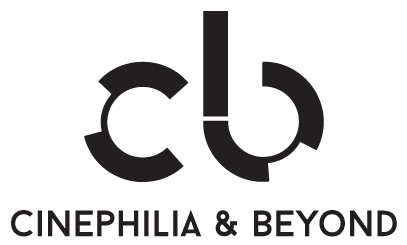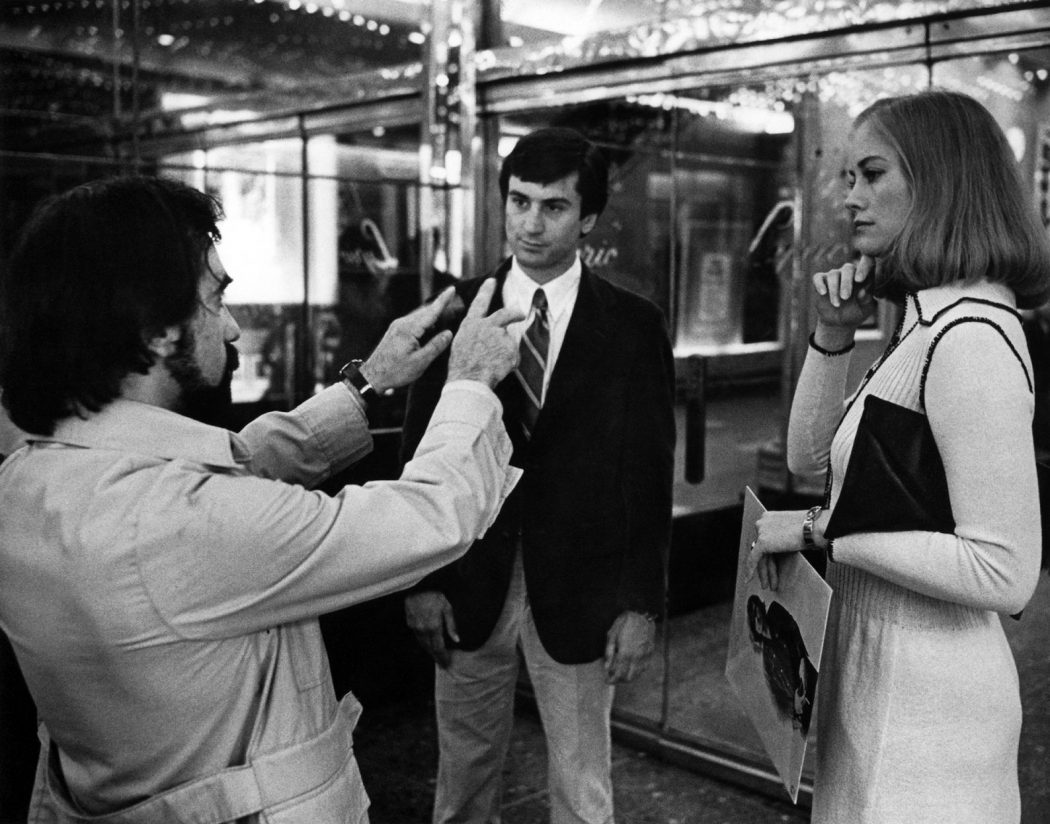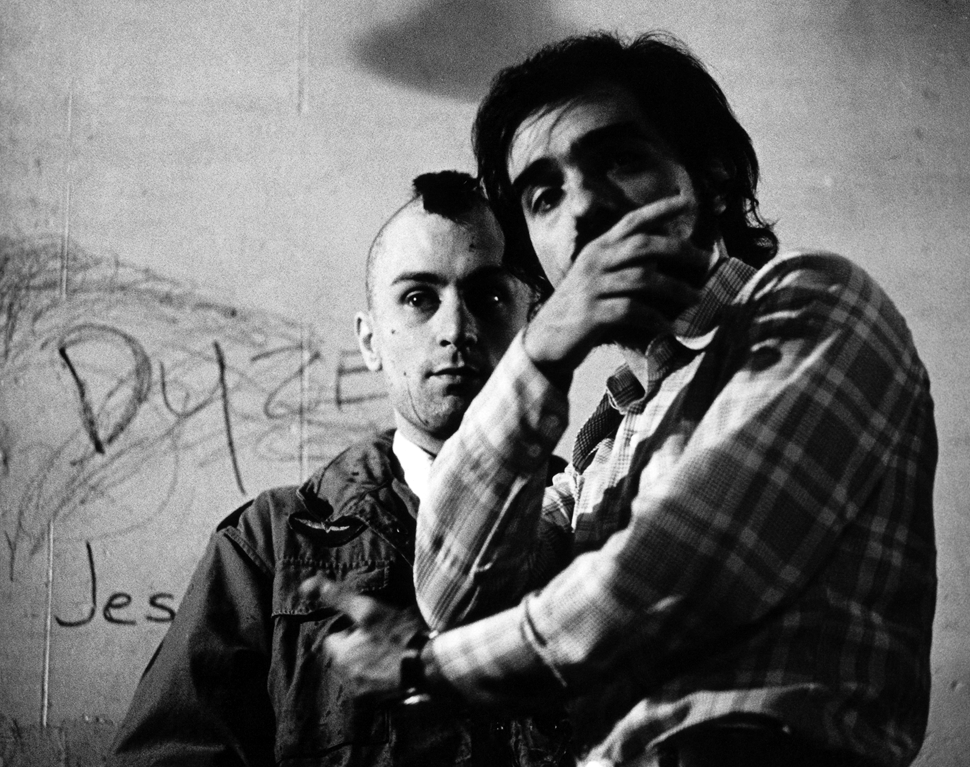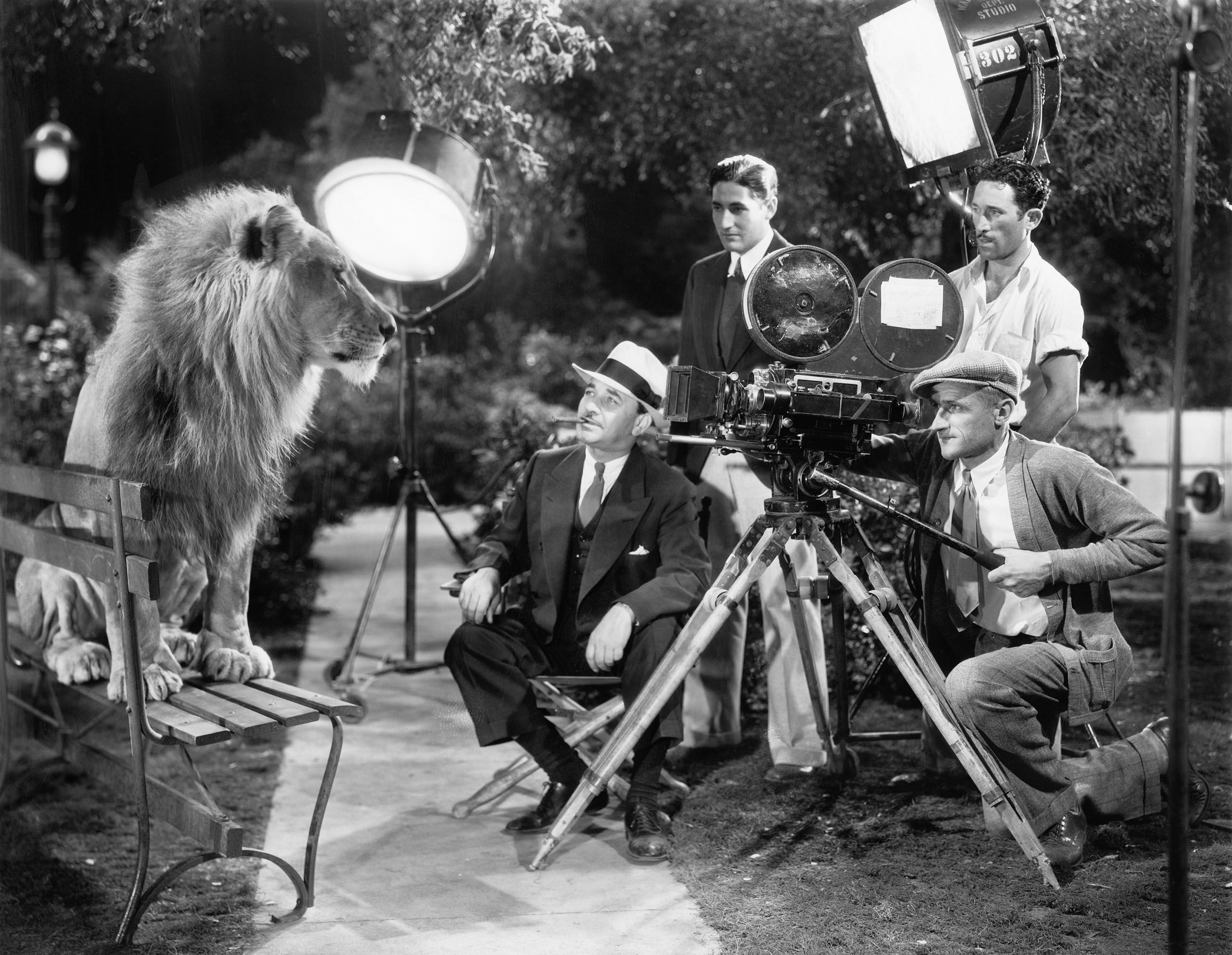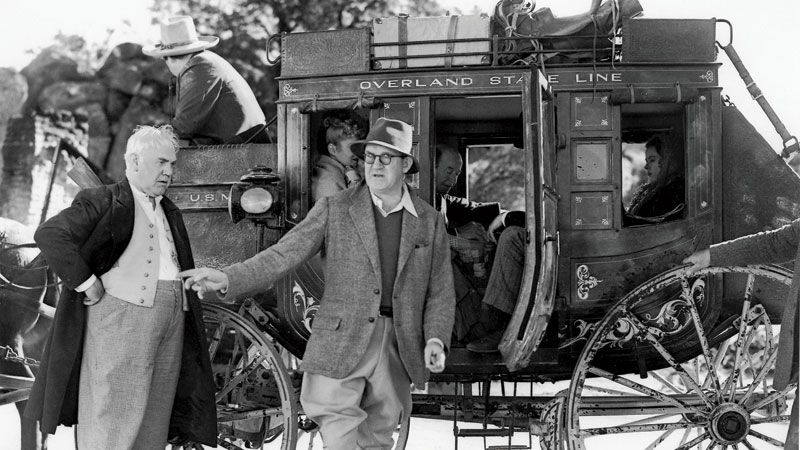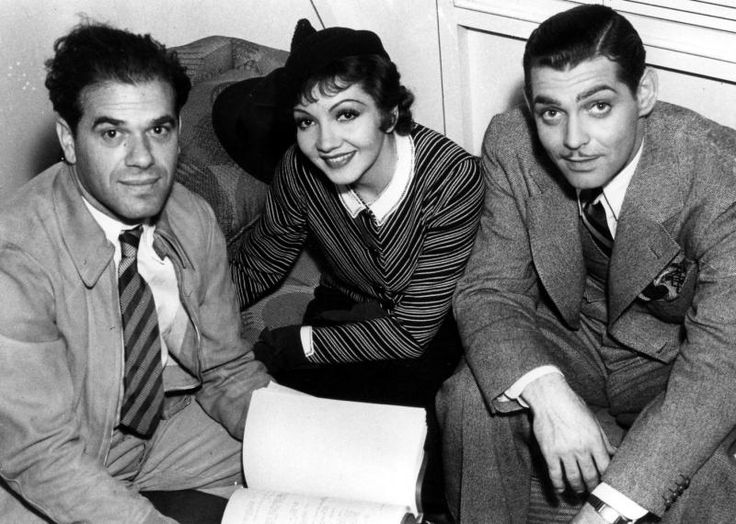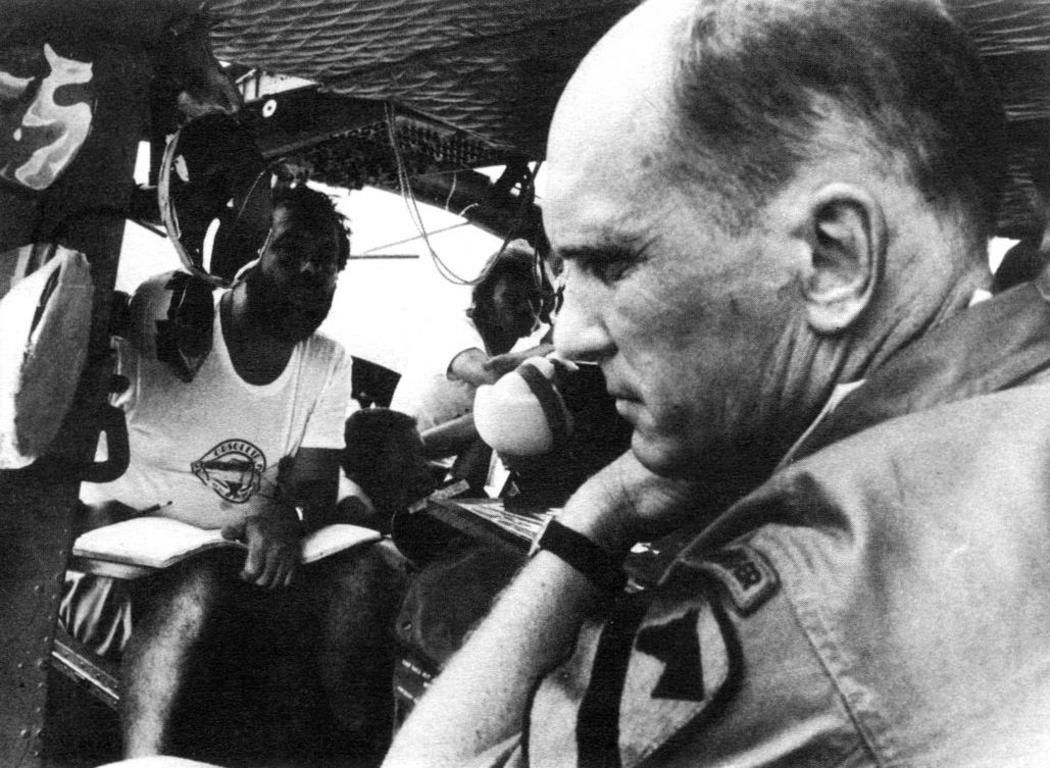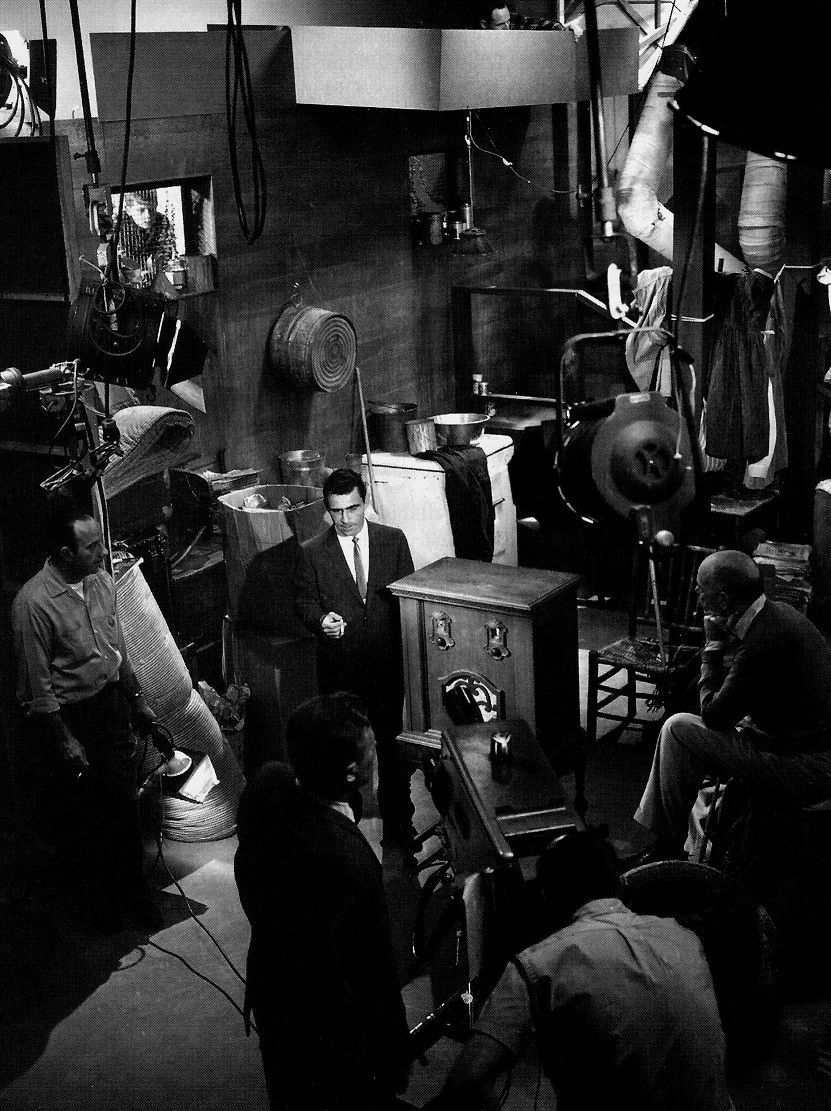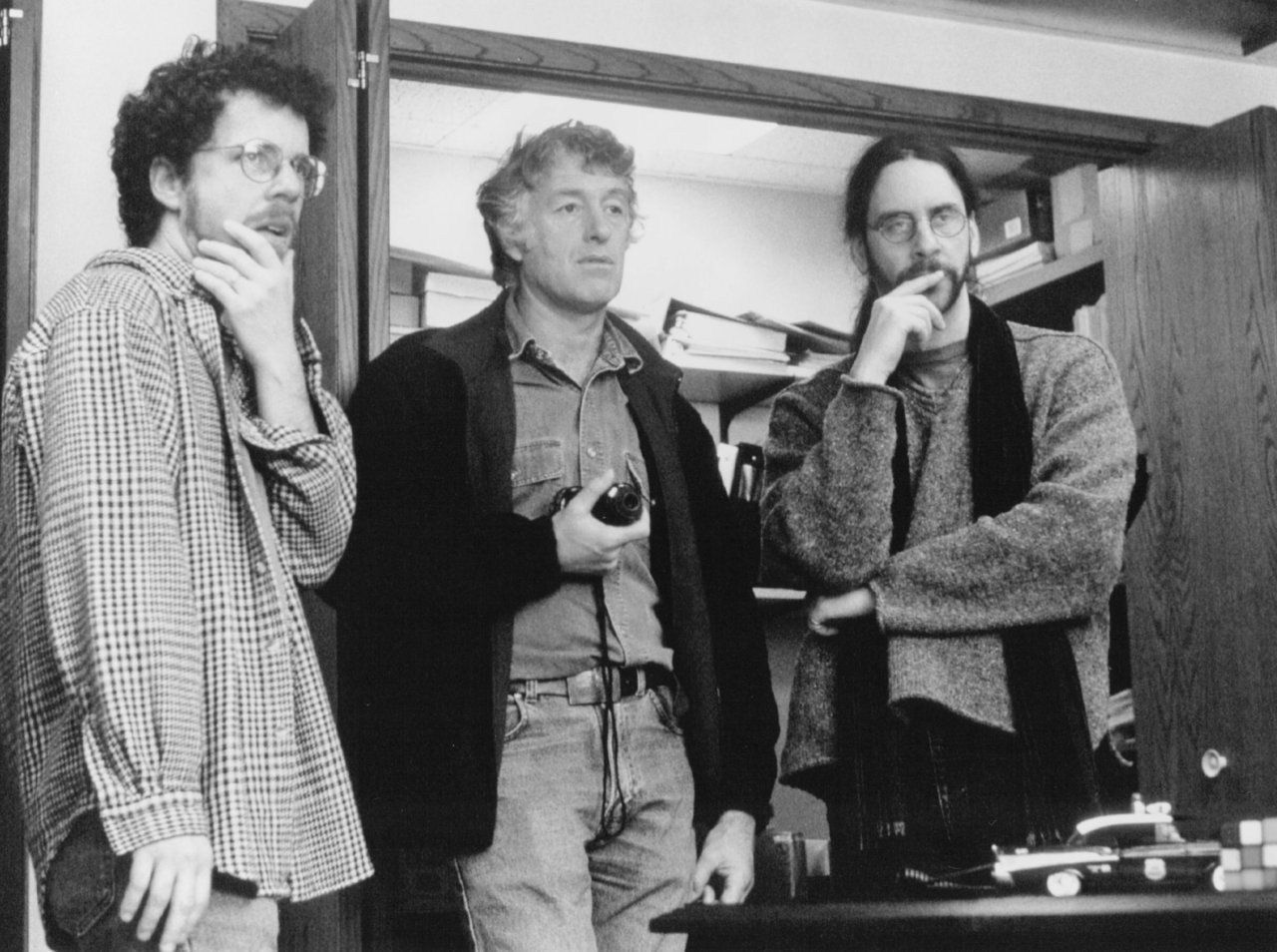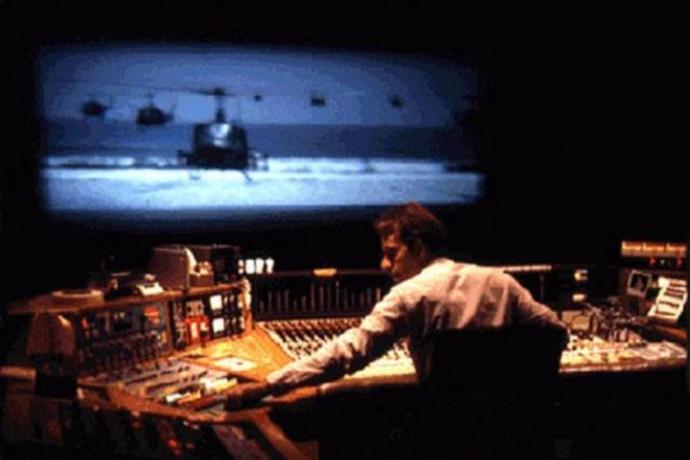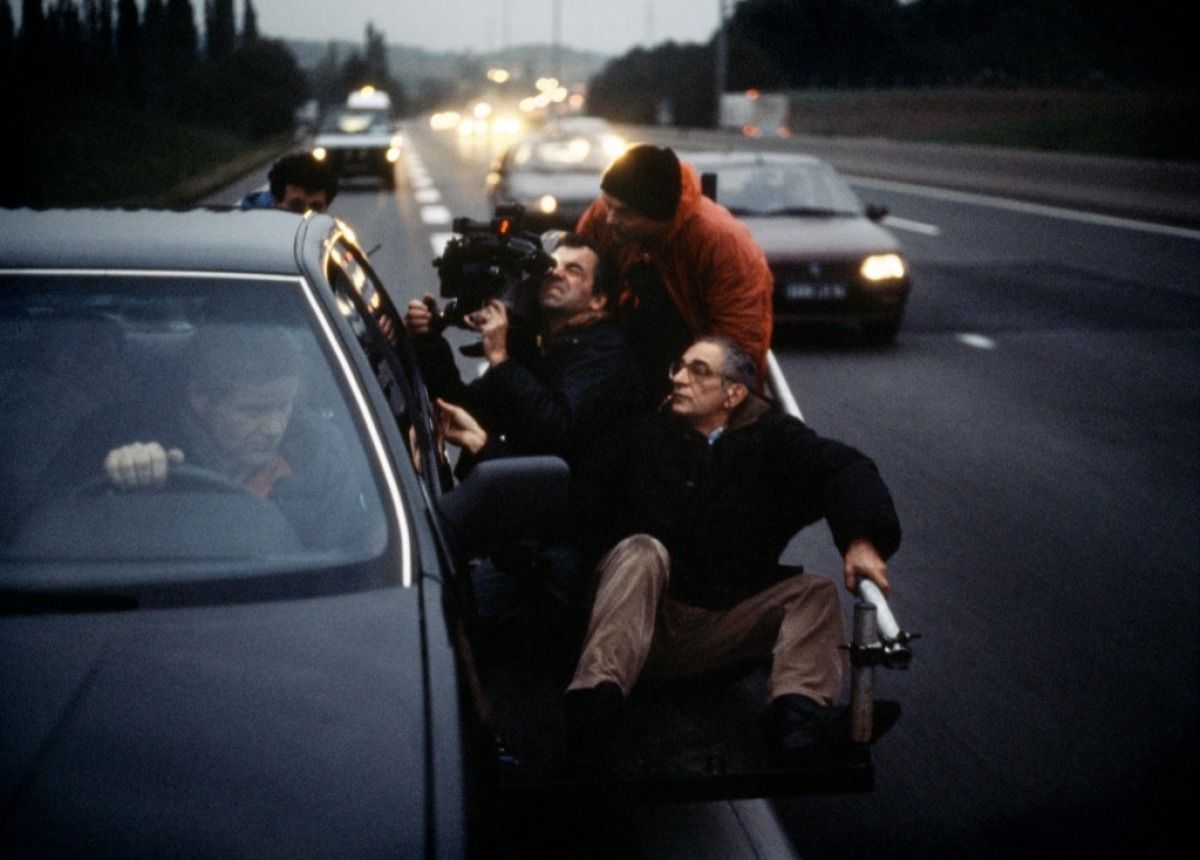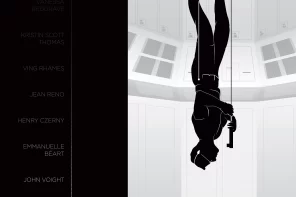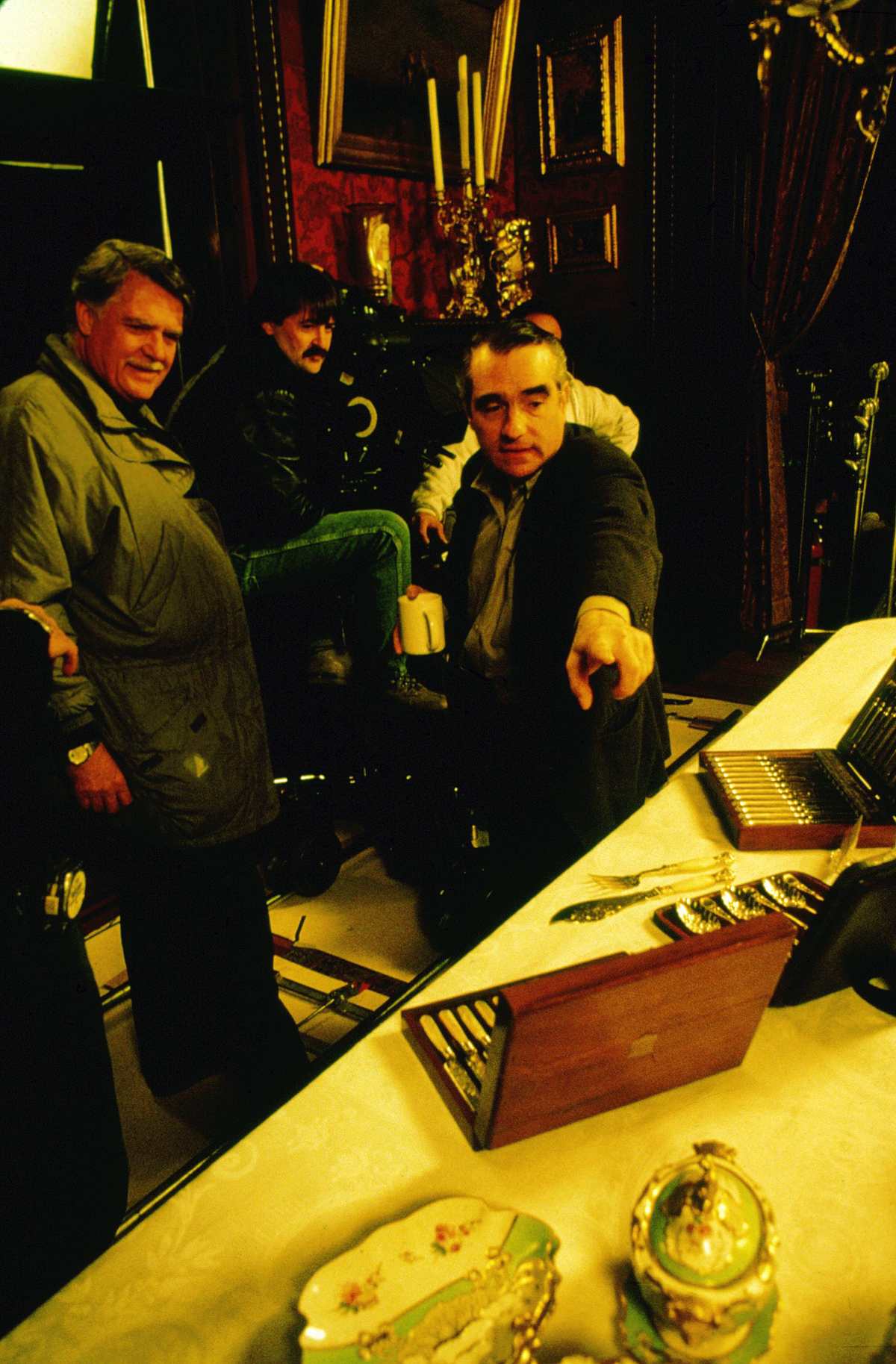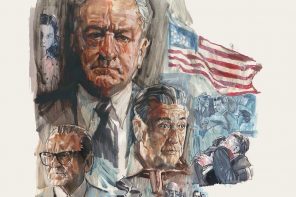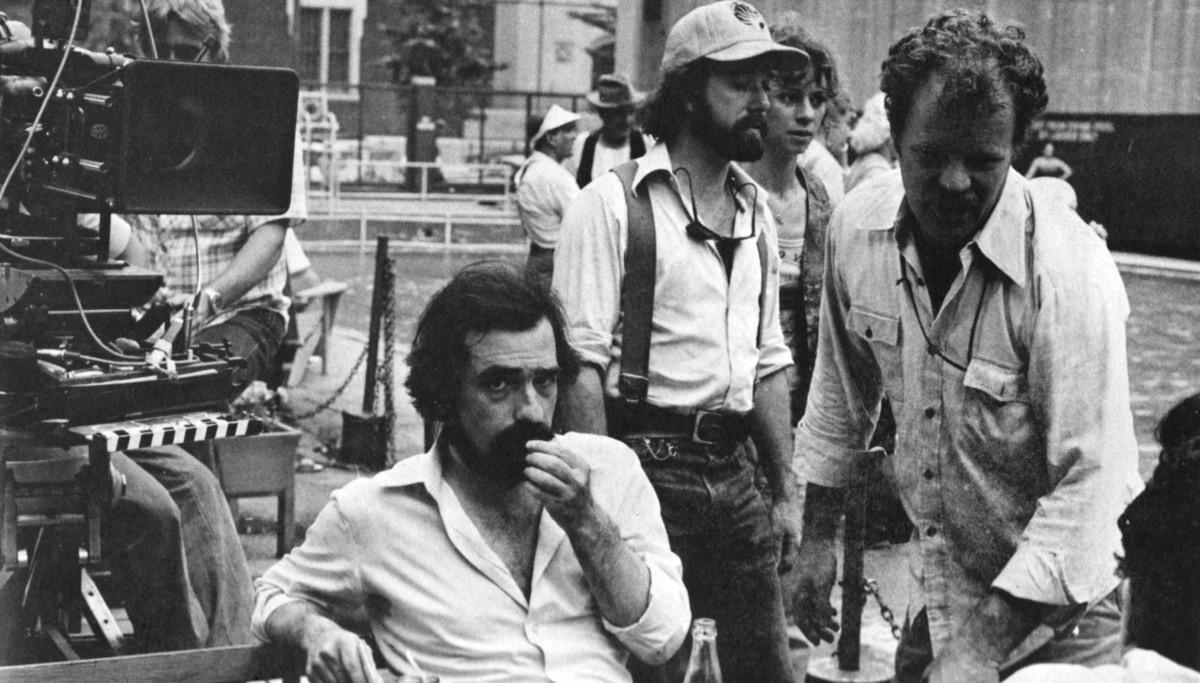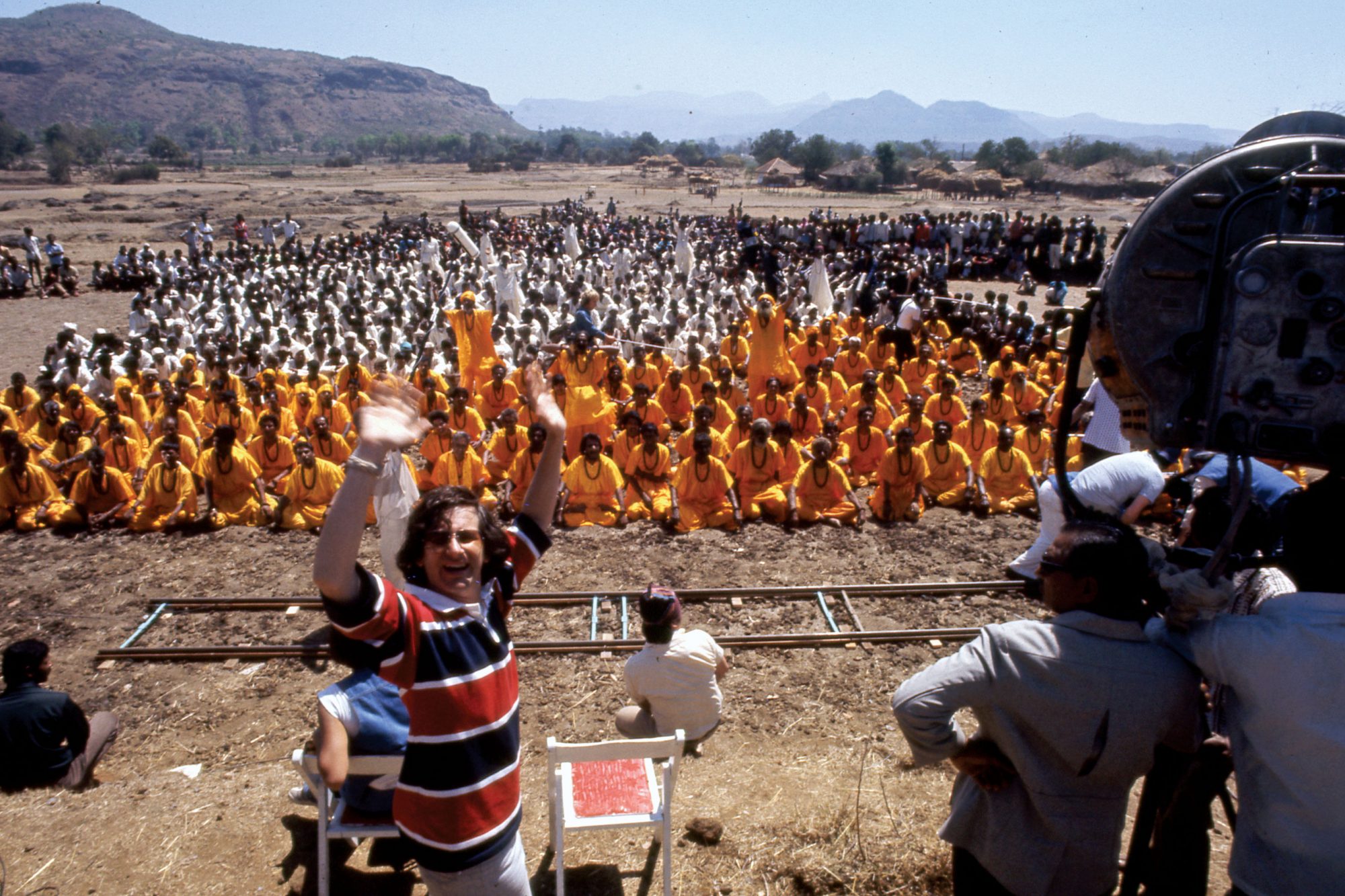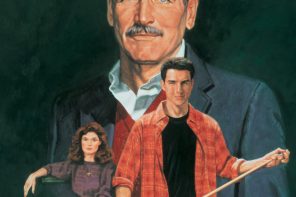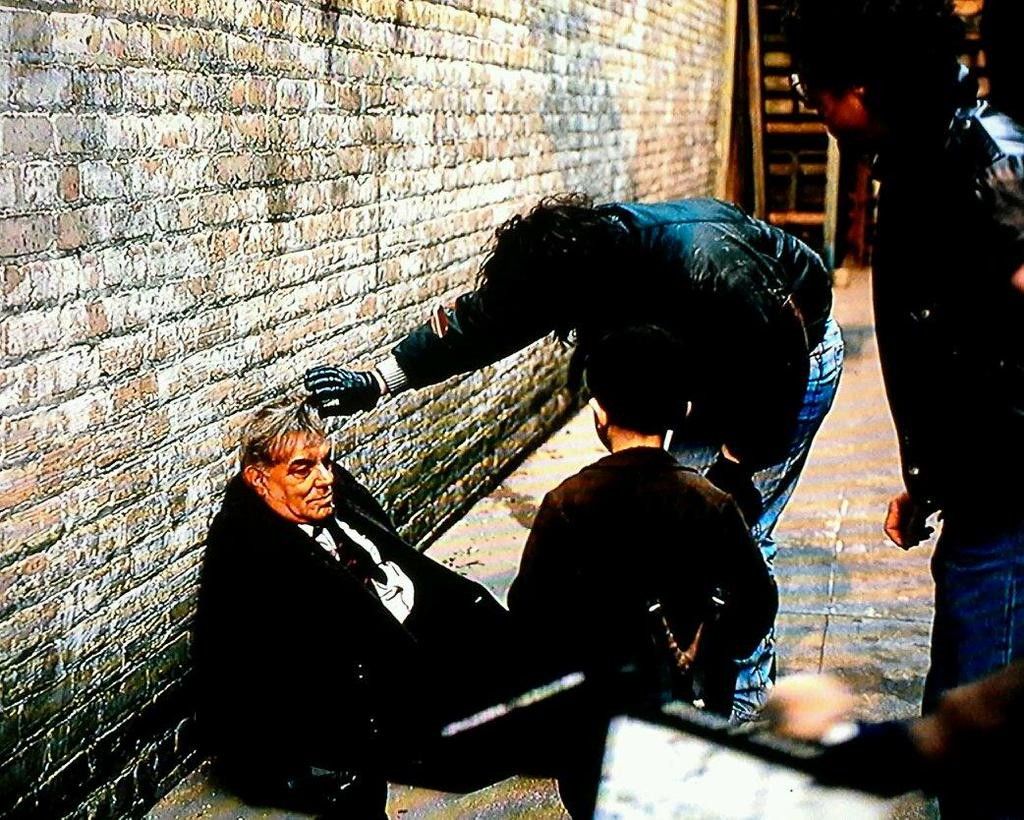Using clips from more than 300 of the greatest movies ever made, this series explores film history and American culture through the eyes of over 150 Hollywood insiders, including Martin Scorsese, Brian De Palma, Sydney Pollack, Jim Jarmusch, Julie Dash, the Coen brothers, Steven Spielberg, John Milius, Jane Russell, Errol Morris, Walter Murch, Nora Ephron, and Quentin Tarantino. This series is a survey of the American film industry as an art form, as an industry, and as a system of representation and communication. It explores how Hollywood films work technically, aesthetically, and culturally to reinforce and challenge America’s national self-image. Produced by the New York Center for Visual History in association with KCET/Los Angeles and the BBC, 1995. Free 10 one-hour and 3 half-hour video programs courtesy of Annenberg Learner.
THE HOLLYWOOD STYLE
In the classical Hollywood film, the story is primary. Filmmakers rely on style—structure, narrative, and visual elements—to effectively tell their story. Martin Scorsese and Sydney Pollack are among the premier directors who discuss how classical Hollywood style, evolving and yet enduring over time, informs their work.
Watch Full Episode
THE STUDIO SYSTEM
This program surveys Hollywood’s industrial past during the era of contract players and directors, studio police forces, and colorful movie moguls. It also looks at the filmmaking environment of today with studio heads Michael Eisner, Howard Koch, and others. Paramount Pictures, one of the oldest and most successful of the Hollywood studios, serves as a case study.
Watch Full Episode
THE STAR
Greta Garbo, Cary Grant, Dustin Hoffman—these among many others are names synonymous with Hollywood. Early on, Hollywood saw that recognizable talent could minimize the financial risks of film production. Critics, film scholars, and studio publicists view the stars from many angles: as marketing tools, cultural icons, and products of the industry. Joan Crawford headlines as a case study of the cultural phenomenon of stardom.
Watch Full Episode
THE WESTERN
The western is an American myth that has been translated by other cultures and reinterpreted time and again, but never dies. With clips and critical commentary on westerns from John Ford’s Stagecoach through the work of Arthur Penn, Sam Peckinpah, and Clint Eastwood, the program traces the aesthetic evolution of the genre as well as its sociological importance.
Watch Full Episode
ROMANTIC COMEDY
Breezy and silly to witty and intelligent, romantic comedies have been with us since the 1930s. But the surface humor has often just barely masked issues of gender and sexuality. This program looks back on screwball comedies including It Happened One Night and His Girl Friday. Directors James Brooks and Nora Ephron present interpretations of the genre that reveal the underlying social and psychological messages.
Watch Full Episode
THE COMBAT FILM
Beginning with World War II combat films—produced under directives from the federal government—this program examines the role of the combat film in filling a social and political need. Critics and directors describe the evolution of these films, the rise of the Vietnam film, and the influence of the newsreel documentaries and TV news on the genre.
Watch Full Episode
FILM NOIR
These cynical and pessimistic films from the 1930s and ’40s touched a nerve in Americans. Historians link the genre’s overriding paranoia to Cold War-related angst over the nuclear threat and the Hollywood blacklist. In addition, a cinematographer demonstrates the creation of noir lighting, which gave films their peculiar look and emphasized the themes of corruption and urban decay.
Watch Full Episode
FILM IN THE TELEVISION AGE
Television first arrived in American homes just as the Hollywood studio system was collapsing. As the new medium took hold, so did a new era of motion picture entertainment. Top directors, actors, and film scholars trace the influence of each medium on the other, from the live and fresh dramas of the Golden Age of Television and the growth of Hollywood spectacles to the megalithic entertainment industry of today.
Watch Full Episode
THE FILM SCHOOL GENERATION
Maverick filmmakers of the 1960s and ’70s, including Brian De Palma, Martin Scorsese, and Steven Spielberg, capitalized on new technology and borrowed from classical Hollywood and French New Wave as they reinvented the American film. The financial and cultural forces that contributed to their success and commercial clout are explored.
Watch Full Episode
You can also read the transcript below.
 Loading...
Loading...
THE EDGE OF HOLLYWOOD
While many of the old rules are still in force, independent filmmakers today often add their dissenting voices to the forum. This program looks at some alternative visions from new talents including Spike Lee, Joel and Ethan Coen, Jim Jarmusch, and Quentin Tarantino. With limited budgets, they are challenging the stylistic status quo of the Hollywood film.
Watch Full Episode
FILM LANGUAGE
‘Film Language’ illustrates basic terms such as tracking shots and zooms and also provides a primer on editing technique.
Watch Full Episode
WRITING AND THINKING ABOUT FILM
‘Writing and Thinking About Film’ provides a formal and cultural analysis of a classical film sequence. It serves as a critical how-to guide for those new to film critique.
Watch Full Episode
CLASSICAL HOLLYWOOD TODAY
‘Classical Hollywood Today’ offers interviews with contemporary directors, European filmmakers, scholars, and critics, as well as studio-era veterans who probe Hollywood’s influence on both American and world culture.
Watch Full Episode
Get Cinephilia & Beyond in your inbox by signing in
[newsletter]